This list includes 30 Mammals that start with T, from “Tahr” to “Two-toed Sloth”. They range from tiny bats and rodents to large ungulates and slow-moving tree dwellers. This is useful for students, educators, wildlife enthusiasts, and content creators seeking quick species references.
Mammals that start with T are species in Class Mammalia whose common English names begin with the letter T. Many are familiar in culture and science, such as the slow-moving two‑toed sloth.
Below you’ll find the table with Common name, Scientific name, Order, and Habitat.
Common name: The everyday English name used for identification; you use it to recognize species quickly in field guides or lists.
Scientific name: The accepted Latin binomial provides precise identification and links you to global taxonomic records and literature.
Order: The taxonomic order shows broader evolutionary relationships and helps you group species by major biological traits.
Habitat: A concise habitat label tells you where the species typically lives, aiding field searches and ecological context.
Mammals that start with T
| Common name | Scientific name | Order | Habitat & region |
|---|---|---|---|
| Tiger | Panthera tigris | Carnivora | Forests, grasslands, mangroves — Asia |
| Tasmanian Devil | Sarcophilus harrisii | Dasyuromorphia | Forests, woodlands, coastal heath — Tasmania, Australia |
| Tarsier | Tarsius spp. | Primates | Tropical rainforests — Southeast Asia |
| Tapir | Tapirus spp. | Perissodactyla | Tropical forests, swamps — Central & South America, SE Asia |
| Thylacine | Thylacinus cynocephalus | Dasyuromorphia | Woodlands, grasslands — Formerly Tasmania, Australia |
| Takin | Budorcas taxicolor | Artiodactyla | Alpine forests, rocky meadows — Eastern Himalayas |
| Tamandua | Tamandua spp. | Pilosa | Forests, savannas — Central and South America |
| Tree-kangaroo | Dendrolagus spp. | Diprotodontia | Tropical rainforests — New Guinea, northeastern Australia |
| Tamaraw | Bubalus mindorensis | Artiodactyla | Forests, grasslands — Mindoro Island, Philippines |
| Tailless Tenrec | Tenrec ecaudatus | Afrosoricida | Forest, scrubland, agricultural areas — Madagascar |
| Topi | Damaliscus lunatus | Artiodactyla | Savannas, floodplains — Sub-Saharan Africa |
| Tree Shrew | Tupaia spp. | Scandentia | Tropical forests — Southeast Asia |
| Tahr | Hemitragus jemlahicus | Artiodactyla | Rugged mountain slopes — Himalayas, introduced elsewhere |
| Tufted Deer | Elaphodus cephalophus | Artiodactyla | Montane forests — Central China, Myanmar |
| Tibetan Fox | Vulpes ferrilata | Carnivora | High altitude steppes, semi-deserts — Tibetan Plateau |
| Tammar Wallaby | Notamacropus eugenii | Diprotodontia | Scrubland, coastal heath — Southern & Western Australia |
| Two-toed Sloth | Choloepus spp. | Pilosa | Tropical rainforest canopy — Central & South America |
| Three-toed Sloth | Bradypus spp. | Pilosa | Tropical rainforest canopy — Central & South America |
| Tiger Quoll | Dasyurus maculatus | Dasyuromorphia | Forests, woodlands — Eastern Australia |
| Townsend’s Mole | Scapanus townsendii | Eulipotyphla | Moist lowlands, pastures — Pacific Northwest, USA |
| Tube-nosed Fruit Bat | Nyctimene spp. | Chiroptera | Forests and woodlands — Southeast Asia, Oceania |
| Talapoin | Miopithecus spp. | Primates | Riverside and swamp forests — Central Africa |
| Tufted Capuchin | Sapajus apella | Primates | Tropical and subtropical forests — South America |
| Thomas’s Langur | Presbytis thomasi | Primates | Tropical rainforests — Northern Sumatra, Indonesia |
| Three-banded Armadillo | Tolypeutes spp. | Cingulata | Scrub forest, savanna — South America |
| Thick-tailed Bushbaby | Otolemur crassicaudatus | Primates | Woodlands, riverine forests — Southern & East Africa |
| Tree Pangolin | Phataginus tricuspis | Pholidota | Tropical forests — Central and West Africa |
| Tibetan Antelope | Pantholops hodgsonii | Artiodactyla | Alpine steppe, high plains — Tibetan Plateau |
| Trowbridge’s Shrew | Sorex trowbridgii | Eulipotyphla | Coniferous forests — Western North America |
| Thin-spined Porcupine | Chaetomys subspinosus | Rodentia | Atlantic forest remnants — Brazil |
Descriptions
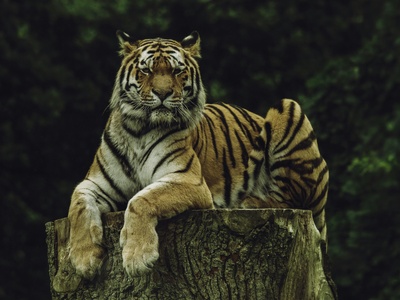
Tiger
The largest wild cat, known for its orange coat with dark vertical stripes. A powerful, solitary apex predator. This species is currently Endangered.
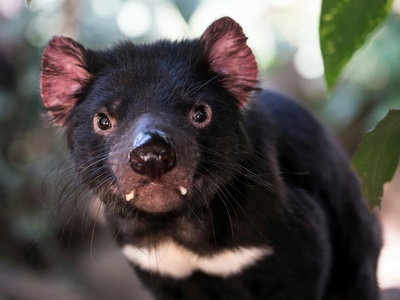
Tasmanian Devil
A stocky, carnivorous marsupial with a famously powerful bite and loud screech. Endangered due to a contagious facial tumor disease.

Tarsier
Tiny nocturnal primates with enormous eyes, the largest of any mammal relative to body size. They can rotate their heads nearly 180 degrees.

Tapir
Large, pig-like herbivores with a prehensile snout used to grasp leaves. These ancient mammals are often called “living fossils” and are globally threatened.
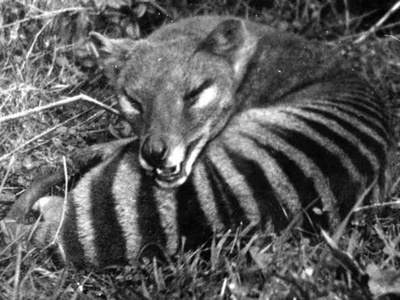
Thylacine
Also called the Tasmanian tiger, this large carnivorous marsupial had a dog-like appearance. The last known individual died in 1936; it is officially extinct.
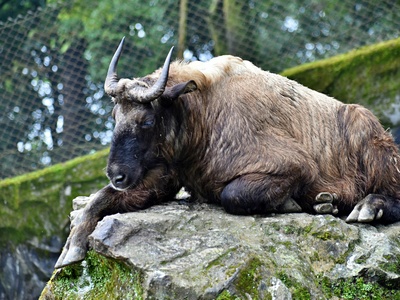
Takin
A large, muscular goat-antelope with a stocky body and shaggy coat. Adapted to high-altitude living, it is the national animal of Bhutan.
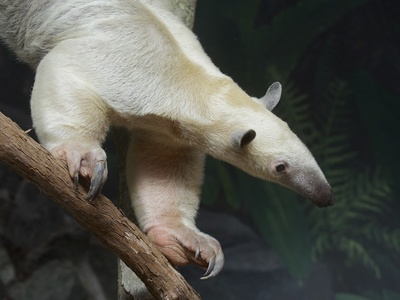
Tamandua
A medium-sized anteater with a prehensile tail, often called a lesser anteater. It has powerful foreclaws for tearing open termite and ant nests.
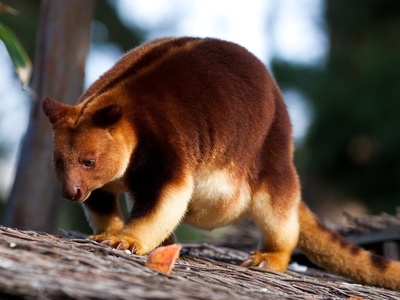
Tree-kangaroo
A genus of macropods adapted for an arboreal lifestyle. They have strong forelimbs for climbing and a long tail for balance. Most species are threatened.

Tamaraw
A small, stocky species of buffalo with distinctive V-shaped horns. It is one of the world’s rarest mammals and is listed as Critically Endangered.
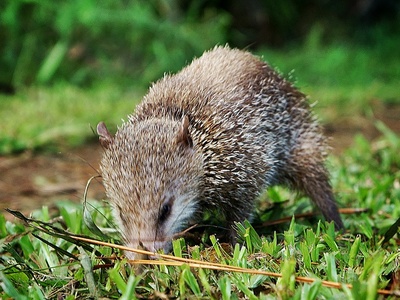
Tailless Tenrec
The largest land-dwelling tenrec, resembling a robust hedgehog. It can have the largest litter size of any mammal, with up to 32 young.

Topi
A highly social and fast antelope with a reddish-brown coat and distinctive humped back. Known for standing on termite mounds to survey its surroundings.
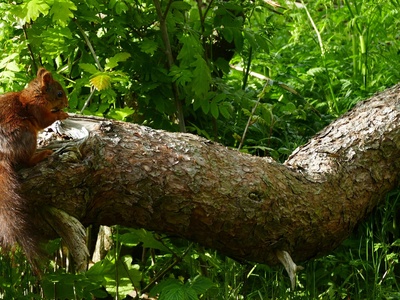
Tree Shrew
Small, squirrel-like mammals that are neither shrews nor true primates. They are highly active, feeding on insects and fruit, with a high brain-to-body mass ratio.
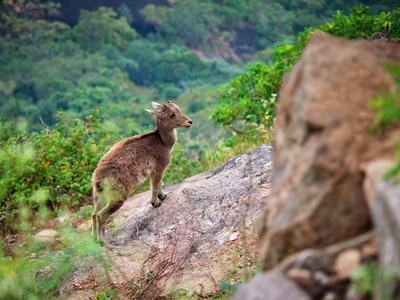
Tahr
A large wild goat relative with a thick coat and backward-curving horns. Expert climbers perfectly adapted to steep, rocky terrain. Near Threatened in its native range.
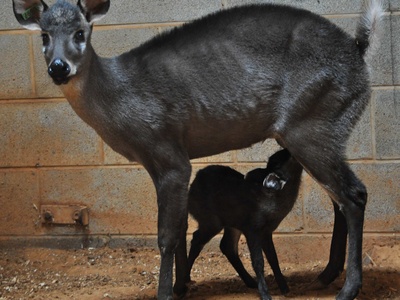
Tufted Deer
A small species of deer with a prominent tuft of black hair on its forehead. Males possess small antlers and visible, tusk-like canine teeth.
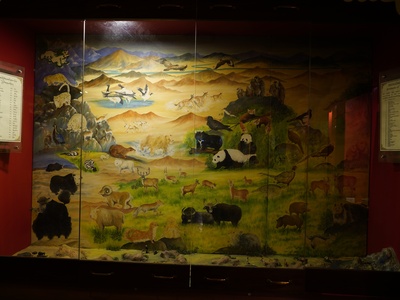
Tibetan Fox
A small fox with a distinctive square-looking face due to its wide muzzle. It is a specialized predator of pikas, well-adapted to its harsh environment.
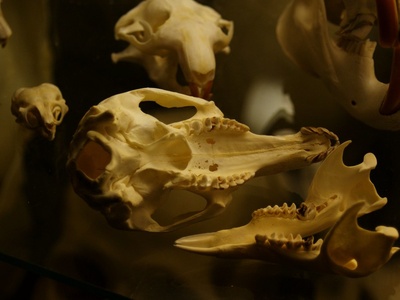
Tammar Wallaby
One of the smallest wallaby species. It is mostly nocturnal and has been used extensively in scientific research for its unique reproductive biology.
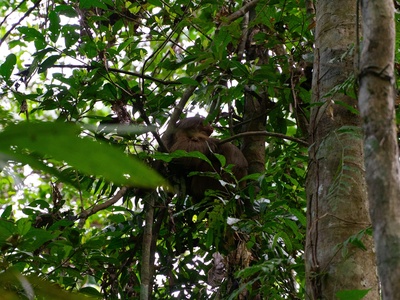
Two-toed Sloth
Larger and slightly more active than their three-toed relatives. They are nocturnal and have two large claws on their forelimbs for hanging from branches.
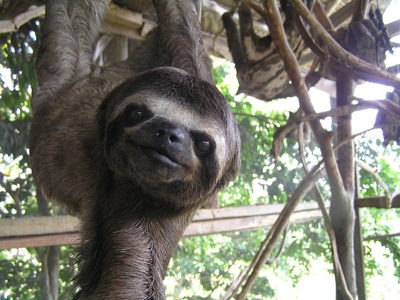
Three-toed Sloth
Famously slow-moving arboreal mammals. Their fur often hosts symbiotic algae, which provides camouflage while they hang upside down from trees.
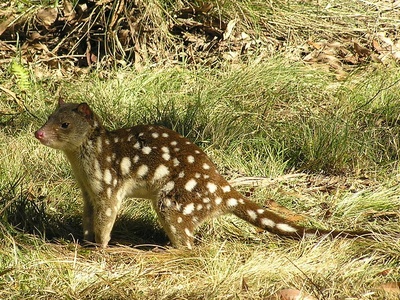
Tiger Quoll
Mainland Australia’s largest carnivorous marsupial, also known as the spotted-tailed quoll. It is a skilled hunter with a powerful jaw. Near Threatened status.

Townsend’s Mole
The largest mole species in North America. A powerful digger with large, spade-like forepaws, it creates extensive networks of surface and deep tunnels.

Tube-nosed Fruit Bat
A group of megabats with distinctive long, tube-like nostrils. These may help them breathe while their faces are buried in fruit pulp.
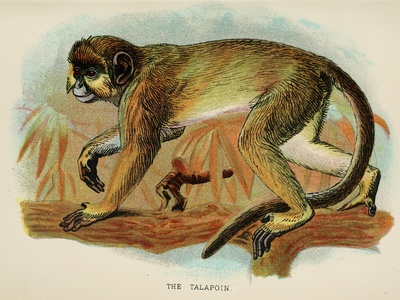
Talapoin
The world’s smallest Old World monkeys. They are highly social, live in large groups near water, and are proficient swimmers, often diving to escape predators.
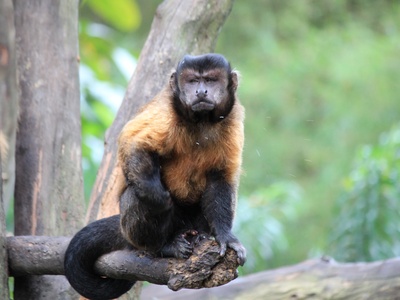
Tufted Capuchin
A robust and intelligent monkey known for its tool-using abilities, such as cracking nuts with stones. It has distinctive tufts of hair on its head.
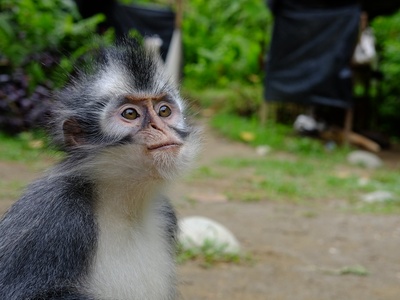
Thomas’s Langur
A striking primate with a grey body, white undersides, and a pointed crest of black hair. It is often seen leaping through the forest canopy.

Three-banded Armadillo
The only armadillos that can roll into a complete, tight ball for defense. This unique ability protects them from most predators. Both species are threatened.

Thick-tailed Bushbaby
The largest species of galago, or bushbaby. A nocturnal primate with large eyes, powerful hind legs for leaping, and a characteristically thick tail.

Tree Pangolin
A nocturnal, tree-dwelling mammal covered in protective keratin scales. It has a long, prehensile tail and feeds on ants and termites. Critically Endangered.
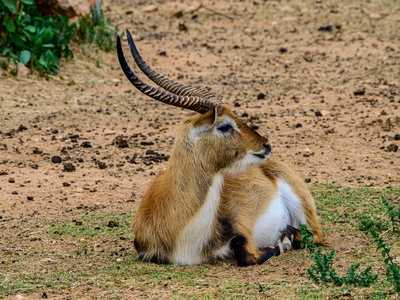
Tibetan Antelope
Also known as the chiru, it is famous for its exceptionally fine wool (shahtoosh). Well-adapted to its high-altitude habitat, it is now Near Threatened.
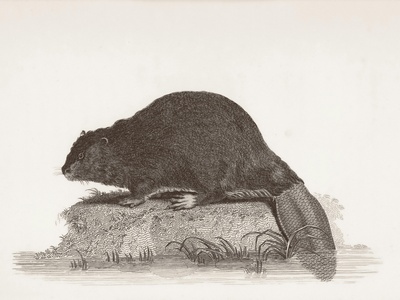
Trowbridge’s Shrew
A common shrew with a long, bi-colored tail and dark fur. It has a very high metabolic rate and forages constantly for insects and other invertebrates.

Thin-spined Porcupine
A unique arboreal porcupine with flexible, bristle-like quills rather than stiff spines. This nocturnal herbivore is listed as a Vulnerable species.


